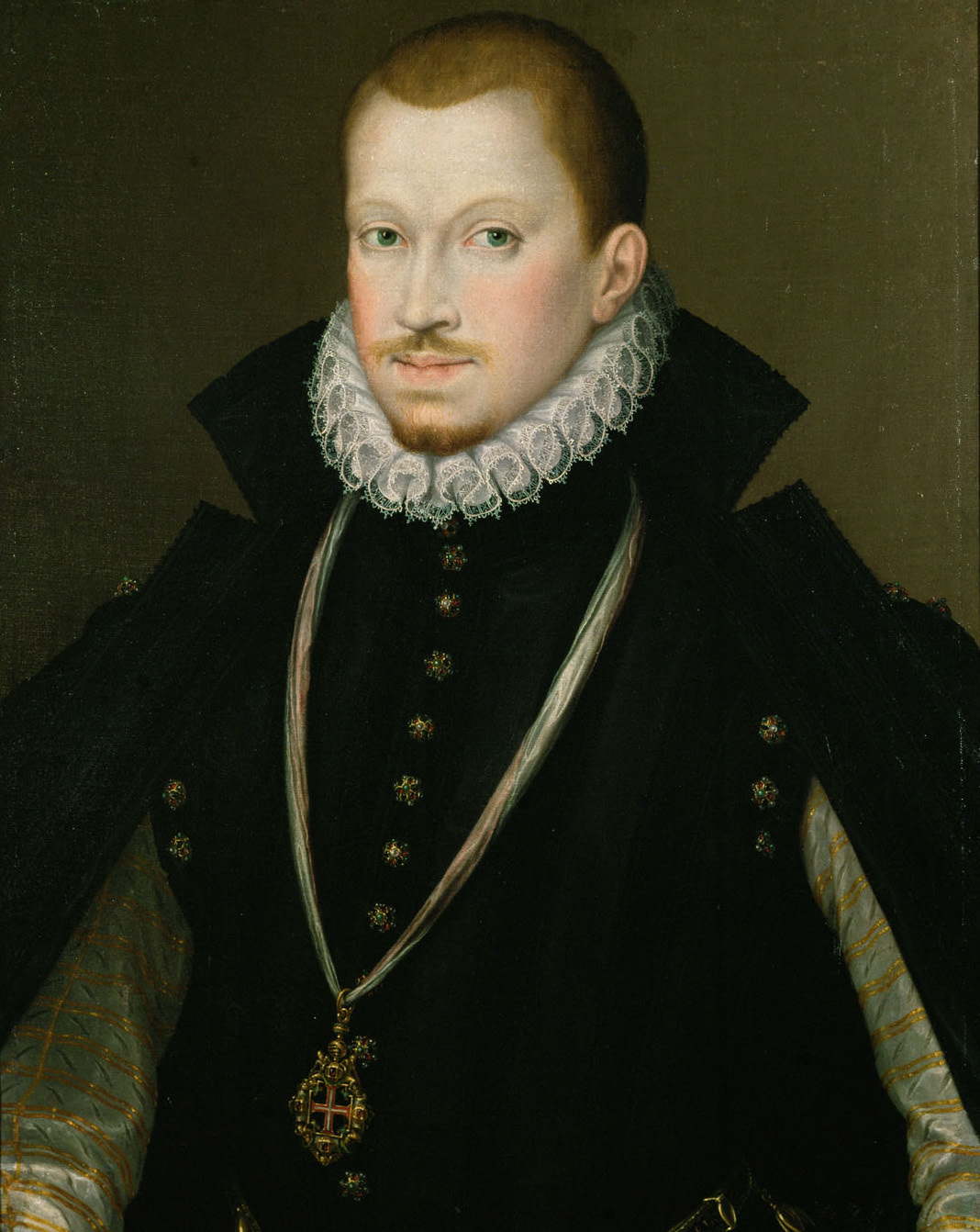.
II
King of Portugal and the Algarves,
of either side of the sea in Africa, Lord of Guinea and of Conquest,
Navigation and Commerce of Ethiopia,
Arabia, Persia and India, etc.
II
King of Portugal and the Algarves,
of either side of the sea in Africa, Lord of Guinea and of Conquest,
Navigation and Commerce of Ethiopia,
Arabia, Persia and India, etc.

To introduce the Madeira's second mystery, I must begin somewhere else. I must begin with the mythical figure of Dom Sebastian of Portugal, or, as he is known in Portugal, Sebatião O Desejado, Sebastian the Desired.
Or perhaps: The Longed-For.
Or perhaps: The Longed-For.
Five hundred years after his death, he remains one of the most important figures in Portuguese mythology. Good looking, able-bodied, willful, and famously pious (he was attended by two monks 24/7 so as to preserve his chastity) he came to the throne as a mere youth, yet proved a good administrator, initiating important administrative reforms, founding charitable institutions and a system of micro-credit for small farmers in times of drought. His saintliness and his good governance is credited with the good fortune Portugal experienced during his brief rule: Goa repulsed a surprise invasion, Os Lusiadas, the national epic, were composed, and, it is said, not a single ship during Dom Sebastião's rule was lost at sea.
Alas, all of this excellent good fortune -- as good fortune often does -- gave rise to hubris and that, in turn, to downfall.
What happened was that some dubious oriental gentlemen had arrived in Lisbon purporting to be exiled kings of Morocco. They managed to convince the young king to mount a crusade against the Muslims of Africa for the purpose of returning them to the throne. Soon, a great expedition was mounted and launched with huge fanfare. The king's landing in Asilah was triumphant; and so was his march on Fez.
But within weeks it all ended in ruin; at the battle of Alcácer Quibir, known also as the Battle of Three Kings, the flower of Portuguese nobility were either killed or taken prisoner. The king himself was said to have been last seen charging into the thick of the enemy; his body was never found.
The huge loss of life -- Portugal's ruling class was effectively decapitated -- and the heavy burden of ransom payments which had to be made to secure release of the few surviving prisoners and the bodies of the rest, undercut the power of the state; worse, Sebastião died without issue, his death created a succession crisis; this ended in Spanish invasion and loss of independence. Portugal had wagered high and -- lost -- literally everything. Sixty years of Spanish occupation followed; and then another sixty of war of liberation.
Sebastião's earthly life was thus meteoric: a bright object of wonder in the sky, shing bright as it falls to earth.
But just as Sebastião's his earthly life ended, his mythical life began. Since his body had never been found, the rumor spread that the king had not been killed and that he would return. When Philip, the new Spanish king of Portugal, ransomed Sebastião's remains and buried them in Geronimos, the same rumor claimed the remains were not his remains, merely a Spanish propaganda ploy.
Portuguese pining for freedom became a pining for Sebastião's return; he became O Desejado, the desired, and sometimes O Encoberto, the hidden one, subject of myth, song and poem. Several impostors arose claiming to be Dom Sebastião -- the last one was executed in 1619. The legend outlasted the Spanish rule: as late as the nineteenth century Brazilian peasants in the sertão were expecting his second coming.
(But, you will ask, where is Madeira in all this? Wait, my dear young friend: read here tomorrow to find out).









0 comments:
Post a Comment